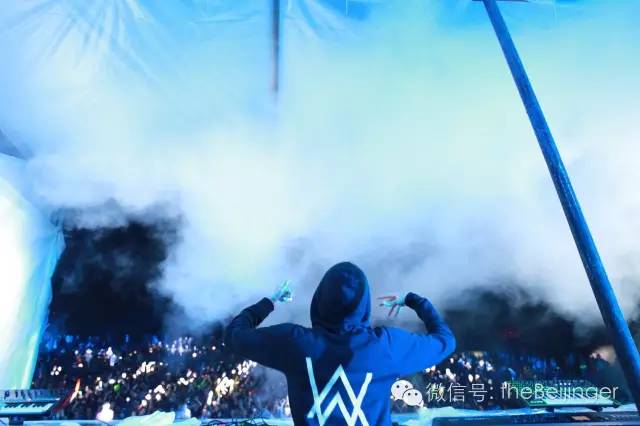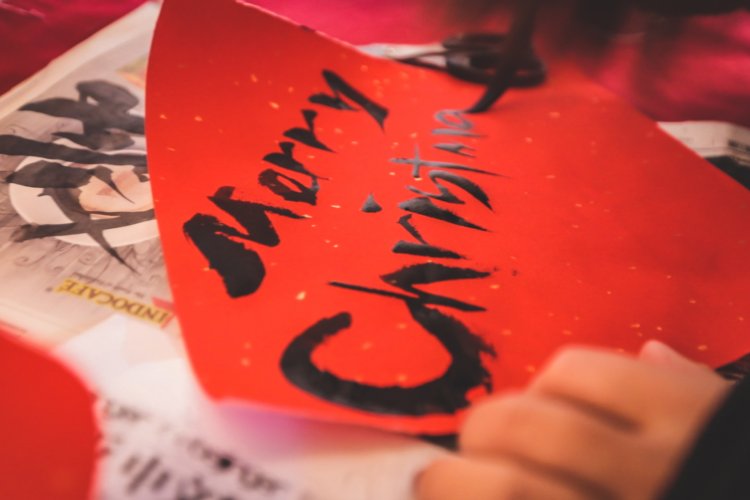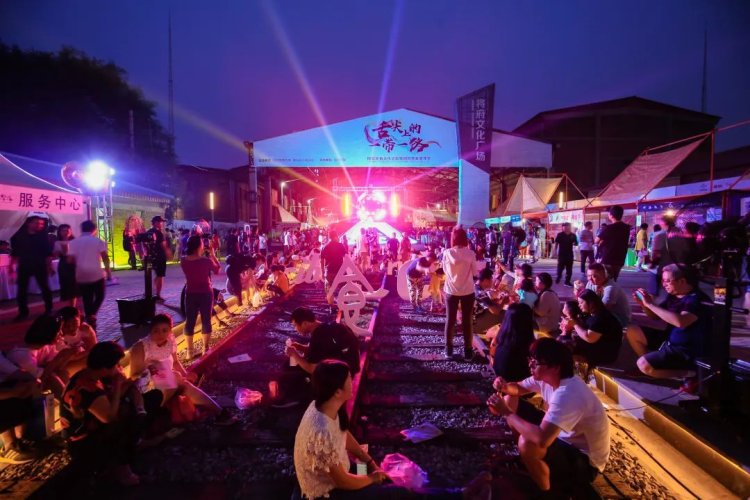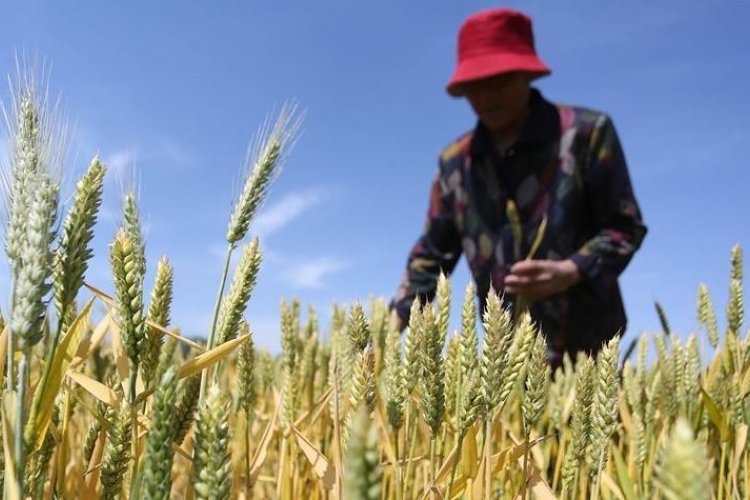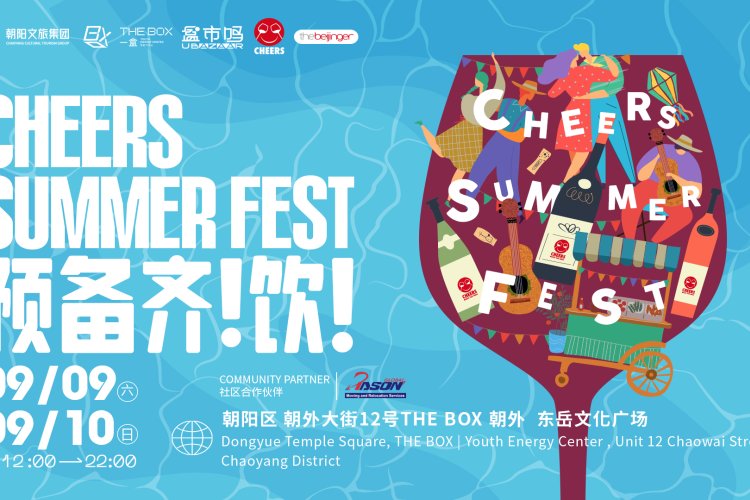Highlights From the 2016 MTA Music and Tech Festival
The first MTA Festival managed to pull off an Internet-era miracle outside of Beijing in the form of Sky Desert, where the scenery was in and of itself a miracle; desert surrounded by mountains and a lake. During the two-day party, approximately 30,000 people were witness to a carnival of electronic live music, art installations, as well as a tech expo and conferences.
Below are our five favorite moments from MTA. But before we begin, we should say that it wasn't all the cameos from our September 3-4 event that made it truly special, it was those of you who were able to experience it with us.
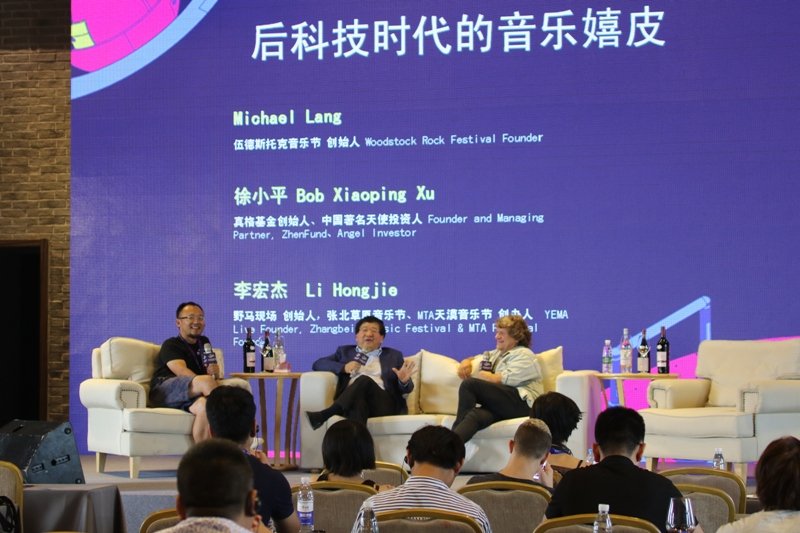
5. Conference: Tech and Music Crossover
The two-day festival not only took place in the desert, but was also hosted at the Ailun Chateau. About 50 speakers came to talk about the future of technology and music; some were related to the industry, such as changes in music consumption habits and livehouses; while others discussed where music stands in contemporary society. Big names such as the founder of Woodstock Festival, Michael Lang, as well as the Nebula Award-winning SFF writer, Sarah Pinsker, participated in the discussion.
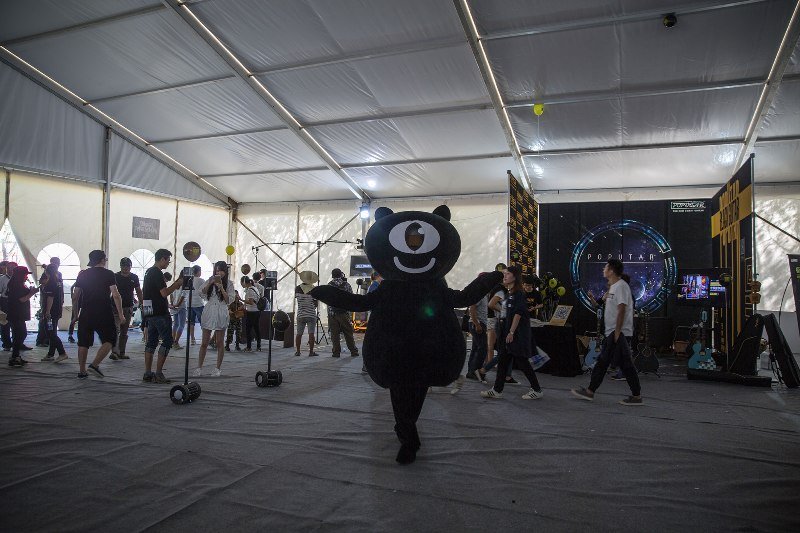
4. Tech Brands and Dining Brands
Housed in the MTA Festival venue, there sat a 900-square-meter technology experience center, housing 10 exhibitions from tech brands. Intelligent guitars, VR devices, electronic bicycles, and futuristic earphones all made an appearance and gained fans through their advanced functionality and superior design.
The festival’s dining partners also received a lot of love for their catering, with barbecue, shaobing, and hot pot among other dishes satisfying festival goers’ stomachs.
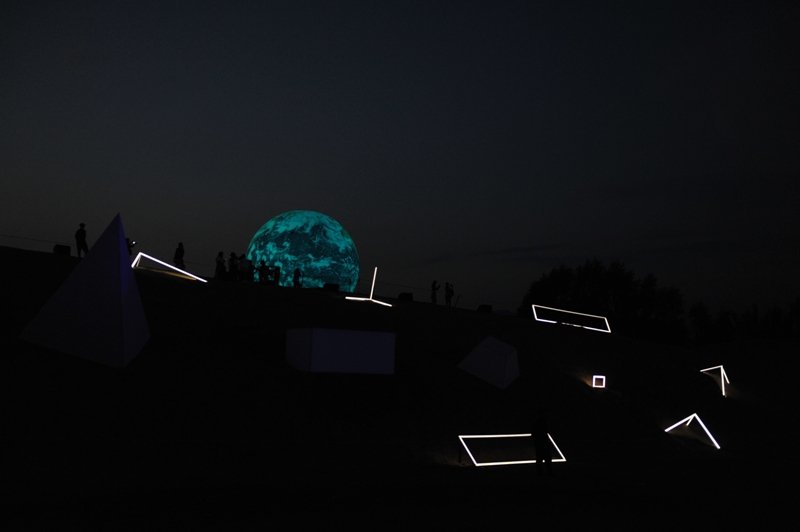
3. Future Ruins, ANIMA, and Desert Starland
Artists involved in the festival built a fantastic space whereby it seemed that aliens had also come to join in the fun. Future Ruins, a 3D mapping installation created by European visual designer Romain Tardy, played in intervals at the dune near the main stage. The intelligence ball, ANIMA, saw Dutch artist Nick Verstand identify the audience’s body movements, morphing its color and flow and adding live sound effects. The Desert Starland, composed of more than 10 installations, was created by Yang Song and Xu Zhuoer, and represented how their imagination of the unknown world guides their artwork, decorating the desert as a new galaxy.
2. The "Airship Stage": Example, Rudimental, Alina Baraz, and More
Of course MTA wouldn’t have been MTA without the main stage. It seemed that airships were the commanding theme of the festival, which gave the impression of an “edge of tomorrow.” This also led Li Hongjie, the founder of MTA, to give the festival a secondary name, that of a star from the Star Wars: “Mustafa.” Powerful design and steel construction matched its new name, which means “the chosen one.” Great artists came aboard MTA, contributed with their excellent shows, and made the airship fly. The line-up of MTA differed from other music festivals in China in that the majority of musicians played electronic music. Does this signal a change in China’s musical trajectory?

1. Alan Walker Stepping Out Onto the Mustafa Stage, Igniting the Audience
We believe that the 19-year-old Norwegian musician Alan Walker was the most popular star at MTA. Despite it raining before his show, the audience didn’t leave, many of them wearing his T-shirts shouting his name until he stepped out onto the main stage. After his sold-out show in Shanghai, Walker came north to perform his charming electronic music. On the night, he absolutely proved himself an uprising star among Chinese listeners.
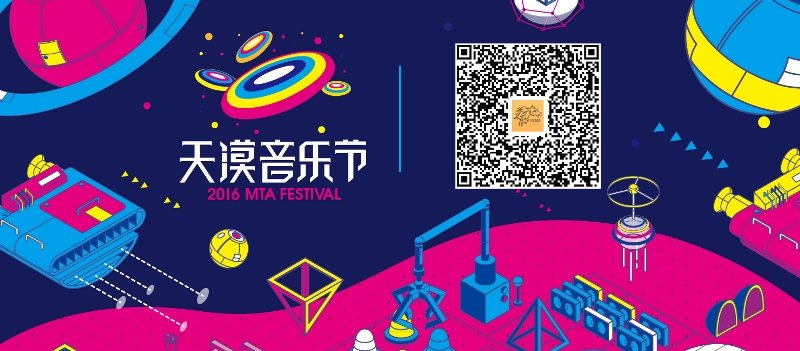
Did you experience these top MTA moments this year? Don't worry if you missed it, we’ll be waiting for you next year! You can also witness the show as seen via the Mustafa Stage by extracting the YEMA App QR code above.
Images courtesy of MTA

